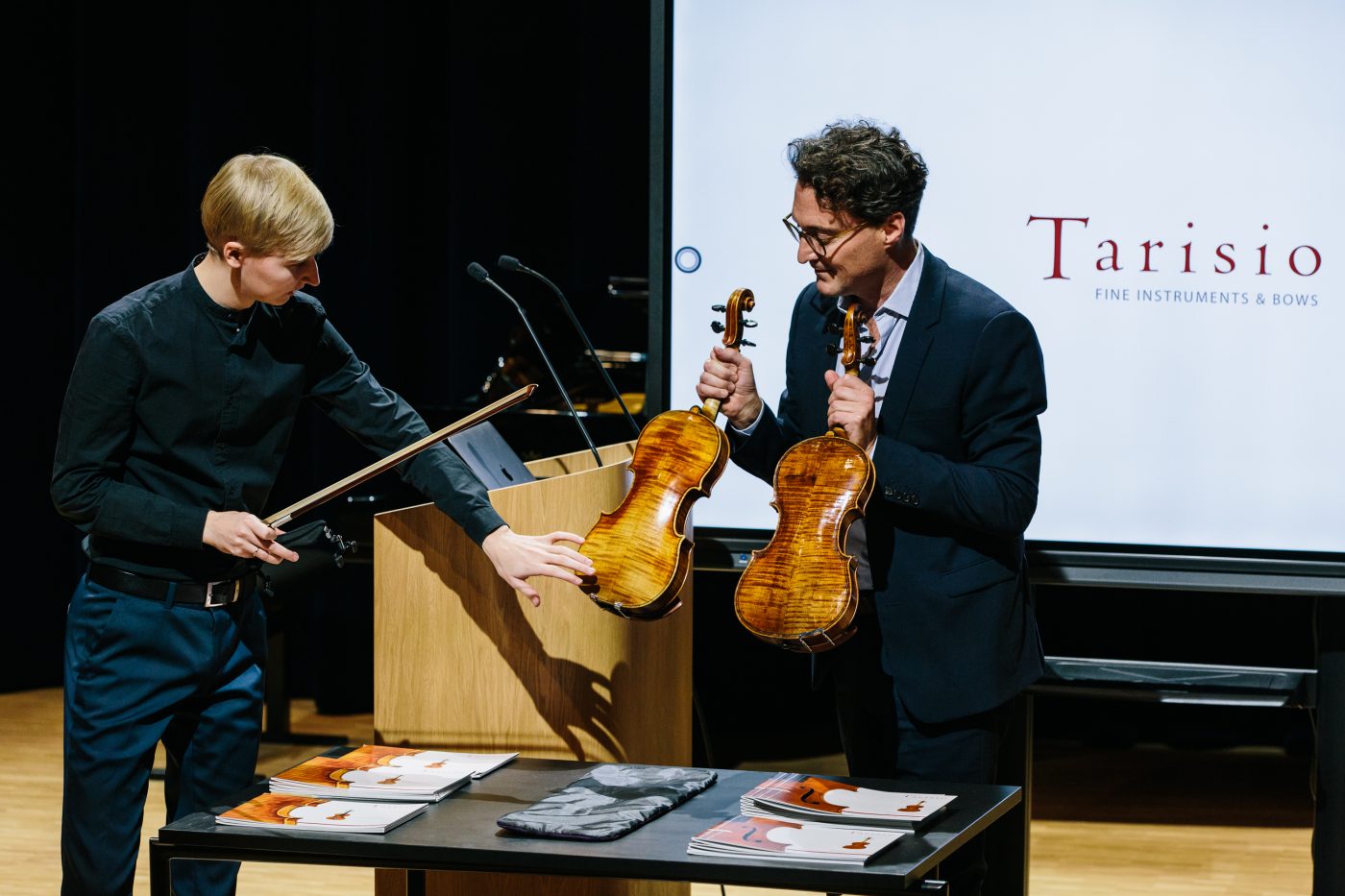Jason Price is the founder of Tarisio, an acclaimed auction house specialising in historical stringed instruments. As an experienced entrepreneur and violin expert, Price has conducted countless auctions over the past 20 years, with total sales of over $303 million. Last year, he successfully sold a Stradivarius violin, ‘da Vinci, ex-Seidel’, for $15.3 million.
Where to start when one is interested in investing in fine musical instruments?
There is no right place to start, it’s more about following your curiosity. Most investors start with an appreciation for music and musical culture. Once you have that as a starting point, the possibilities are vast and varied.
What makes historical string instruments so valuable and expensive?
Like all markets, it’s a question of supply and demand. Instruments by the great makers of the 17th and 18th centuries are in ever-dwindling supply. The world’s appreciation for these instruments and the musical culture they enable has created ever-increasing demand.
What are the factors that determine the cost of a string instrument?
The maker, the condition, the quality of example, the provenance.
What are the most important sources of information about the musical instruments and the market?
In the past 30 years, the amount of reliable information about instruments has increased exponentially. The Cozio archive, which is now owned and curated by Tarisio, is the largest archive of photographs, data, and historical pricing information about stringed instruments. It is our goal to assemble reliable information to make the market stronger and give buyers the tools they need to invest with confidence.
Can you explain briefly how the purchase and sale of historical instruments works. Are the main transactions taking place at auctions?
Many important transactions take place at auction each year, but important sales also happen privately. It really depends on the needs of the seller and the nature of the instrument being sold. Large firms, like Tarisio, tend to do both types of transactions.
Can you say a few words about the buyers. Are they mostly private collectors or funds, are there perhaps any countries that collect the historical instruments strategically? Is there a lot of interest in buying fine instruments?
Buyers are dispersed across the globe and the market is a healthy mix of private individuals, foundations, funds and in some cases, banks, and sovereign wealth funds.
We are on the brink of an economic crisis. Why should now be a good time to invest in a music instrument?
Inflation is on everyone’s mind and musical instruments have historically been an excellent hedge during periods of inflation. At the moment we are seeing significant interest in instruments for specifically this reason.
How much return can be expected from an investment into a string instrument and what factors affect it?
In general, investments in musical instruments work best over a minimum 5–10-year period. Issues of liquidity and transaction costs can make shorter term investments not worthwhile. The other great thing about the violin market is that for the past 200 years it has avoided the bubbles and the booms and busts suffered by other asset classes. This is mostly because the end users in our market, the musicians, regard these assets as tools of their trade. Violins appreciate consistently over time, and we are lucky to have a market characterized by slow and steady growth.
Jason Price held a seminar about investing into fine string instruments in Tallinn in autumn 2022. The full seminar can be watched on Pillifond’s Youtube Channel.
The seminar was supported by Estonian Business and Innovation Agency.


